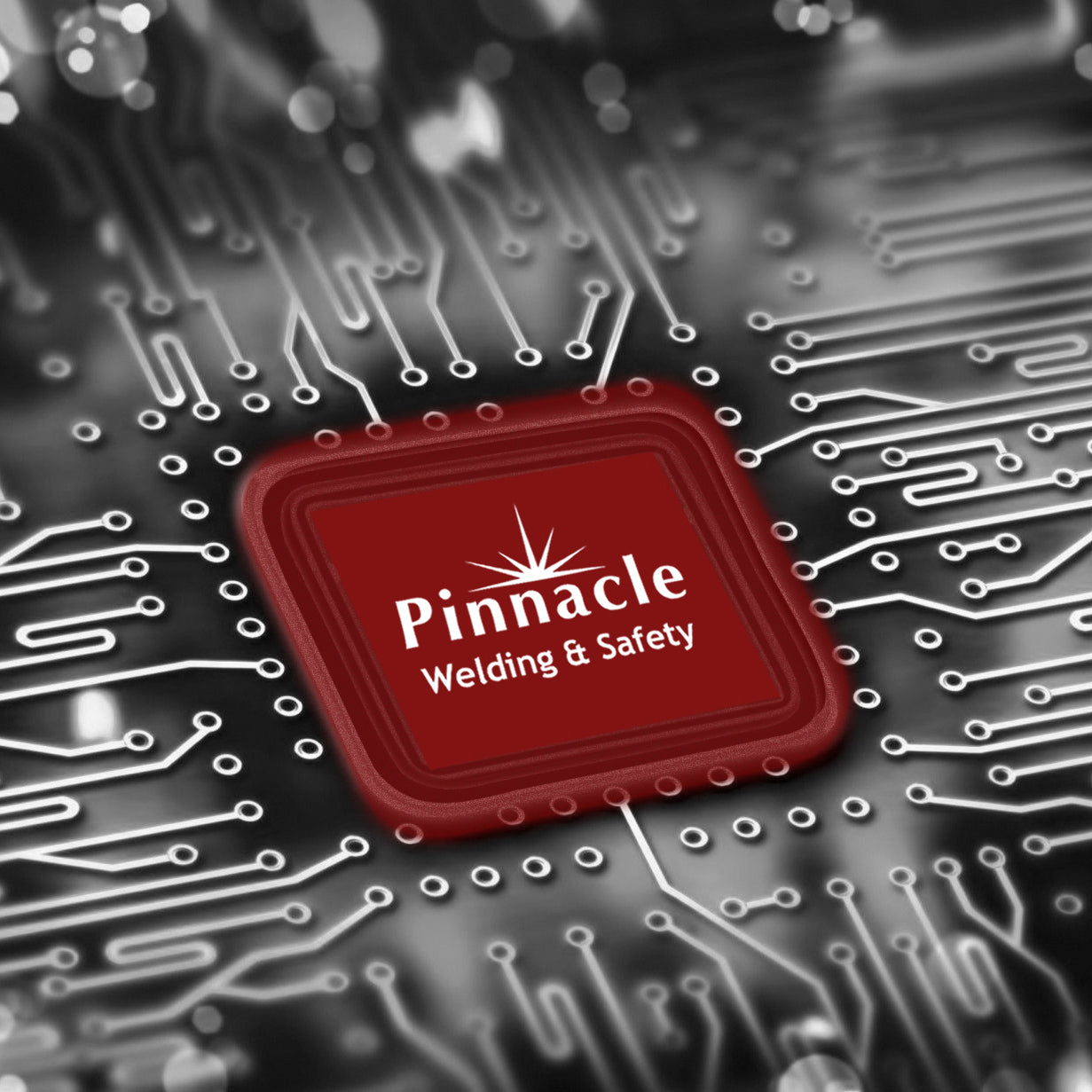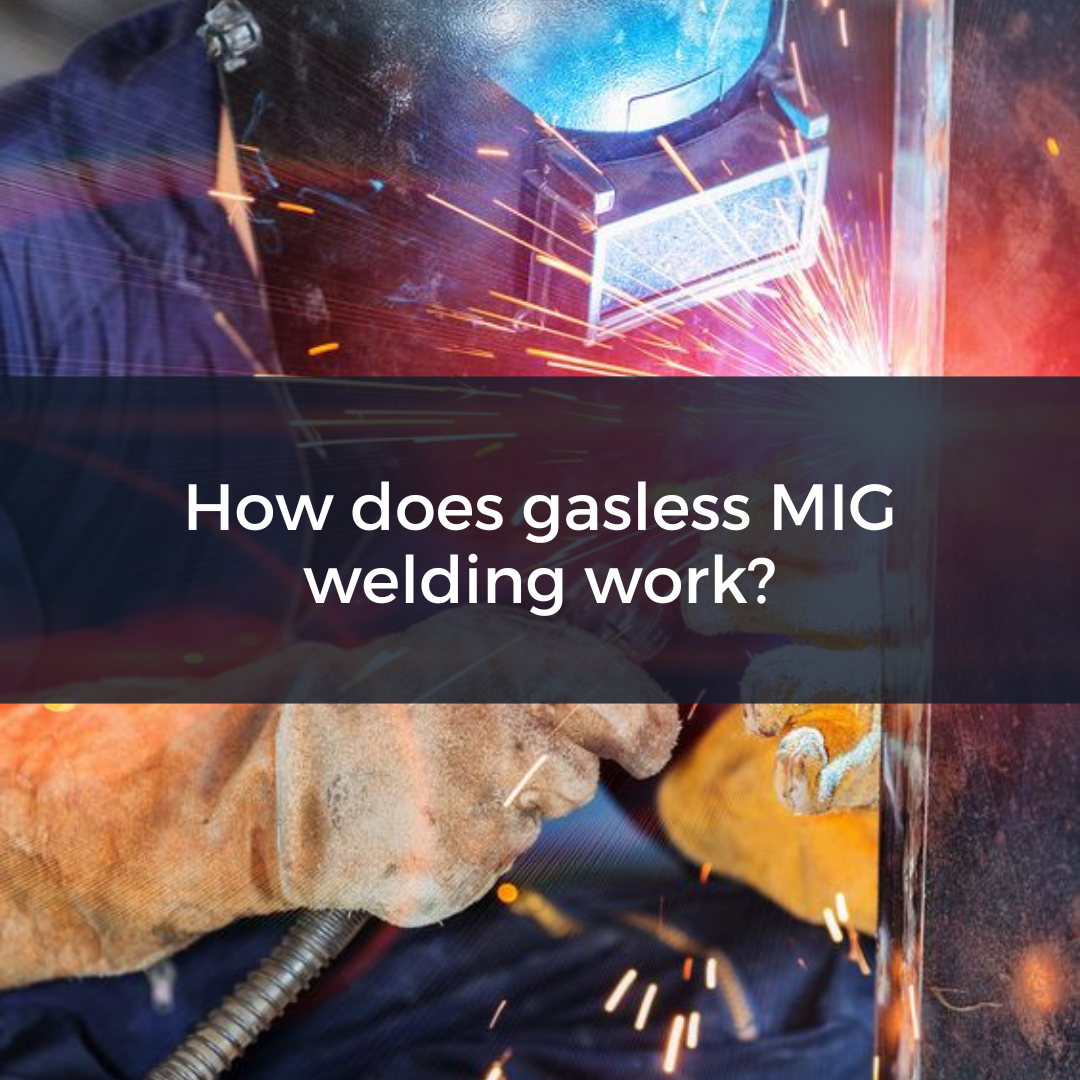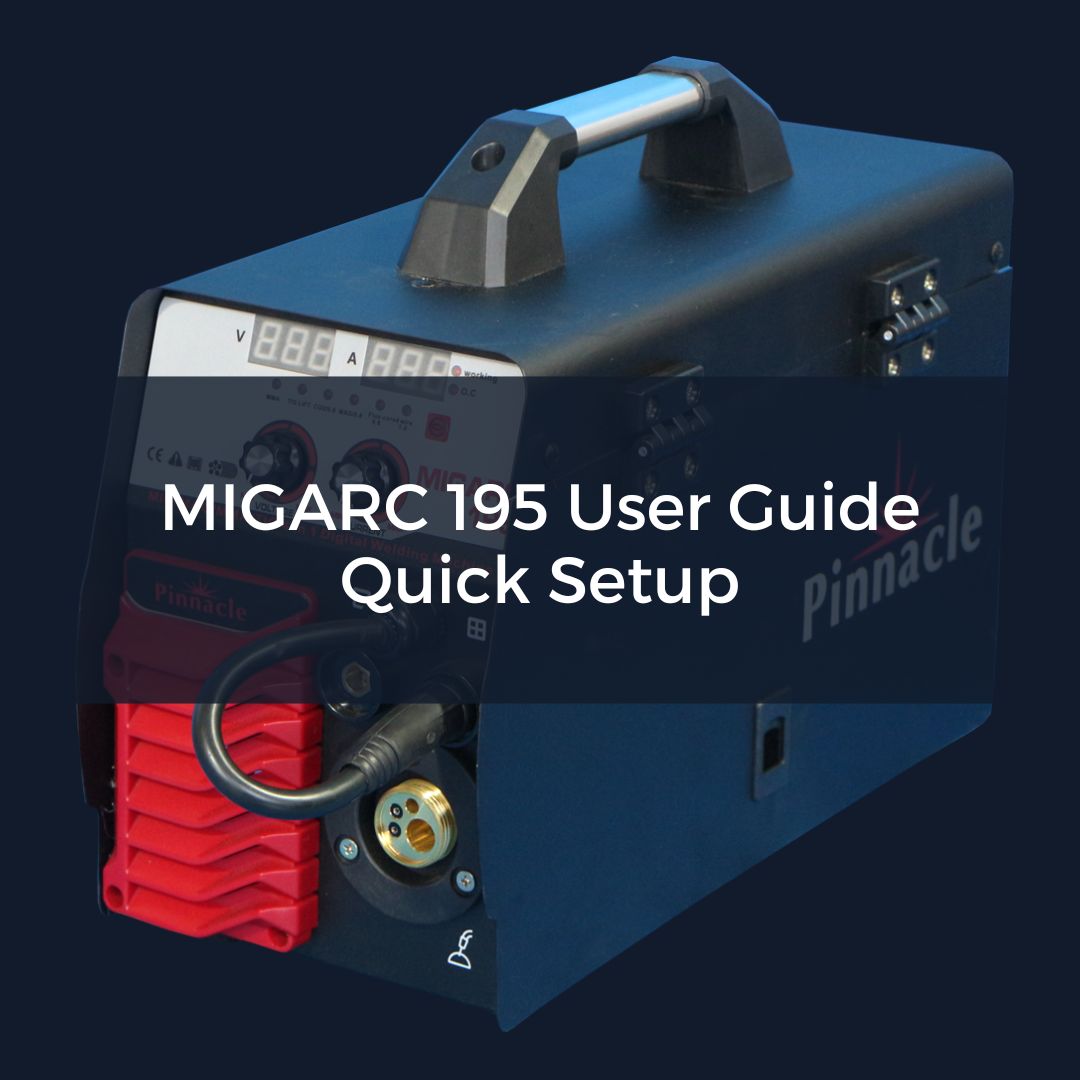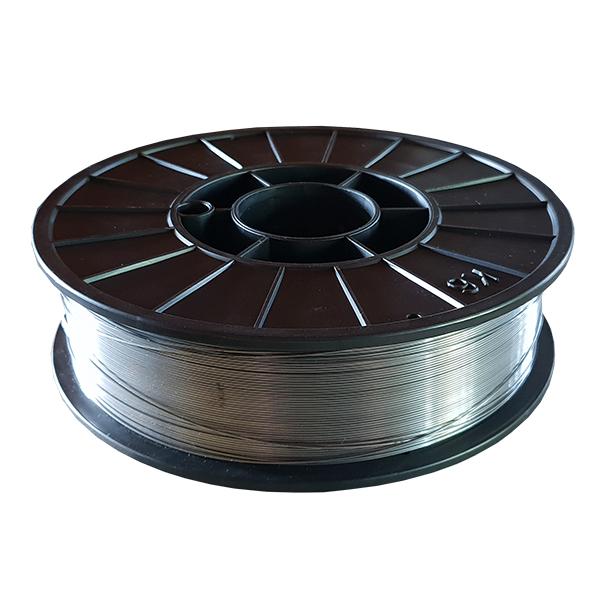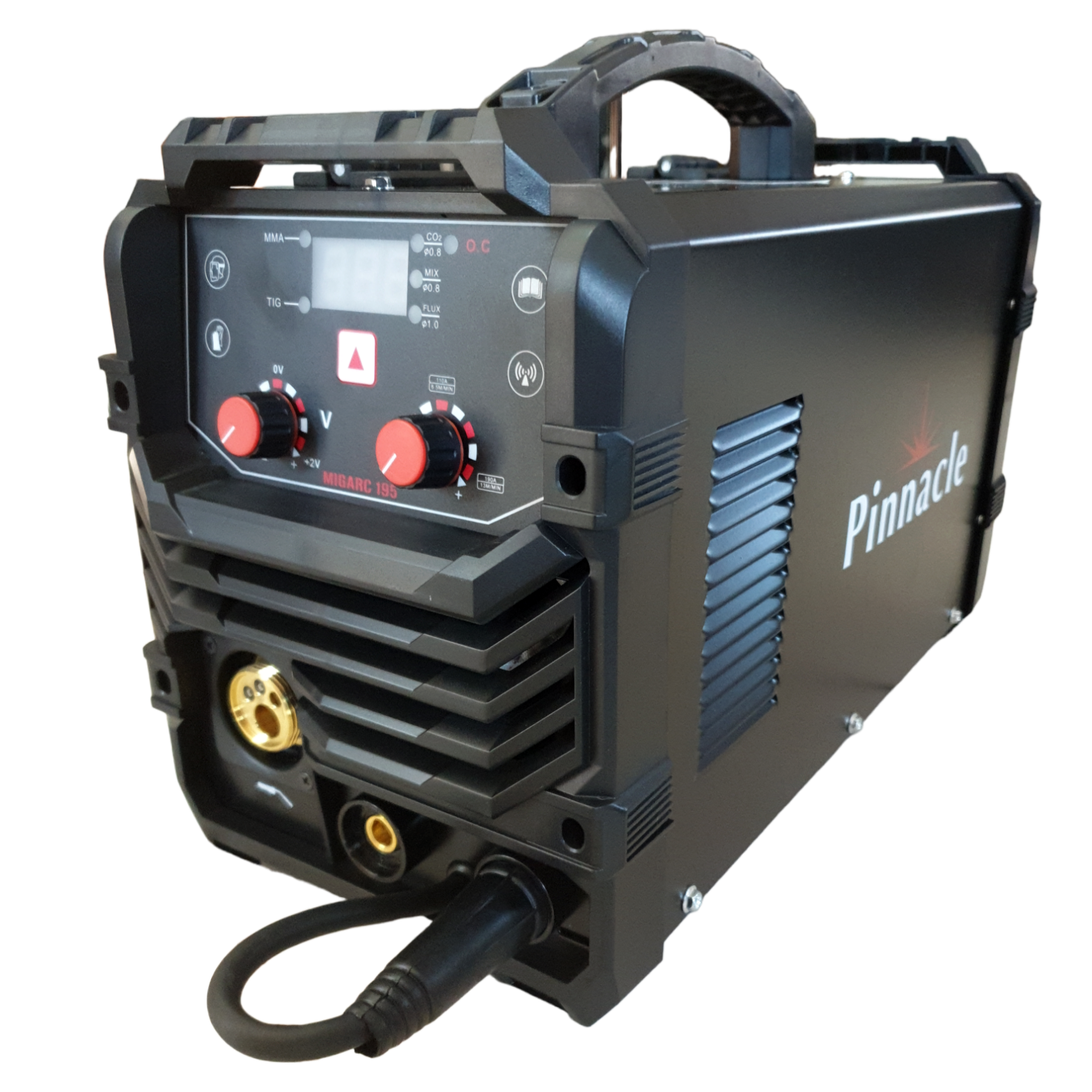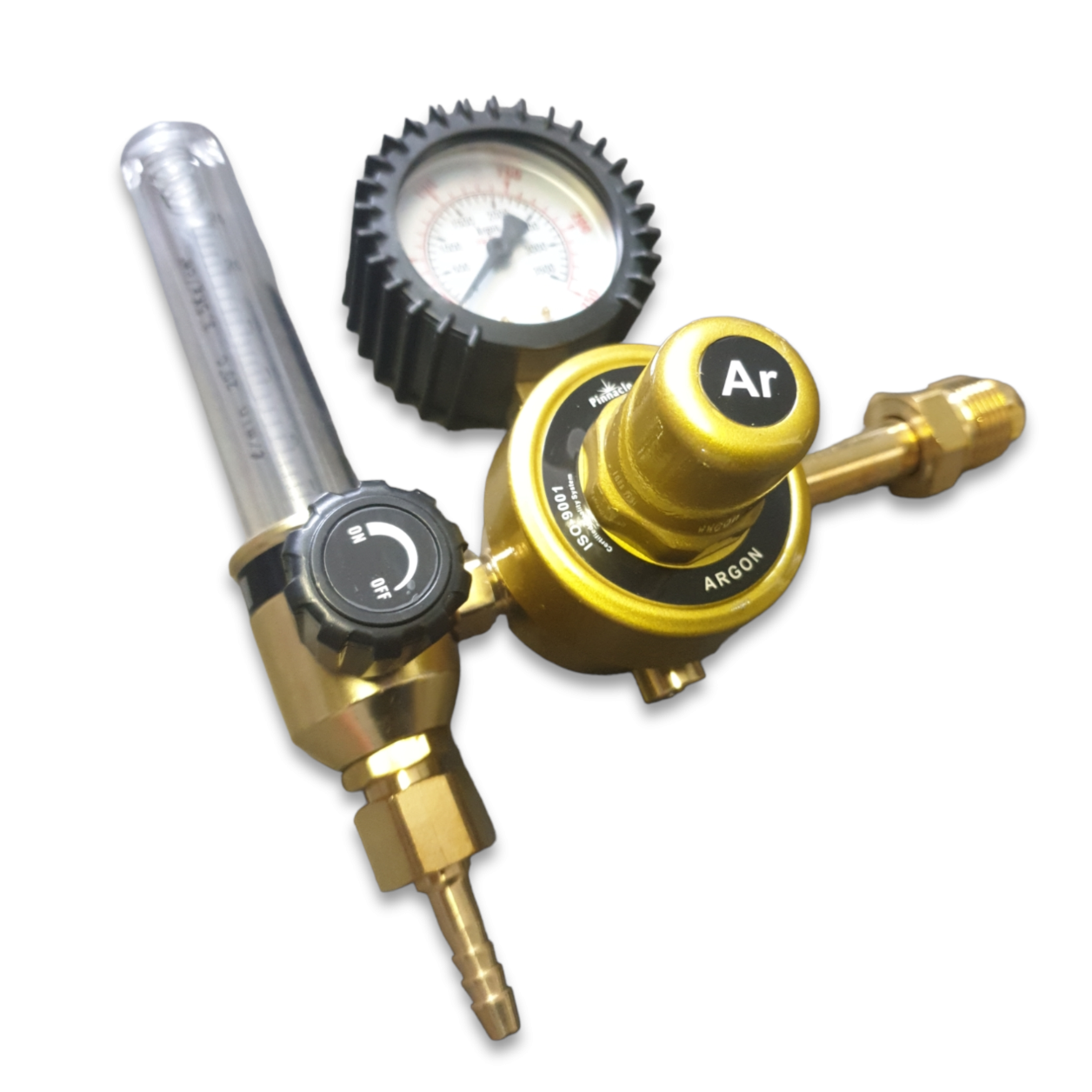Your shopping bag is empty
What is MIG Welding?
- Comments: 0
- Categories: Frequently Asked Questions
- Tags:
- Lastest Articles
- MIG Welding
Introduction to MIG Welding
In MIG Welding a wire from a reel is fed through a welding torch-passing a contact tip supplying the welding current. The wire melts and is transferred to the pool through the arc that is shielded by a gas. The shielding gas is necessary to prevent oxygen from the air oxidising the pool. The gas has the same function as the coating on an electrode producing a smoke shield.
The advantages of MIG welding are:
• Increased deposition rate (Weight of weld deposited per hour).
• Increased operating factor (The time that the welder actually is welding).

Pinnacle Welding Online - What is MIG Welding
Basic principles of MIG Welding
The process can roughly be divided into two distinctive methods depending on the wire being fed. GMAW – Gas metal arc welding and FCAW – Flux-cored arc welding.
GMAW – Gas metal arc welding
Gas metal arc welding uses a solid wire. Depending on shielding gas the process can further be divided into MIG welding (Metal Inert Gas) and MAG welding (Metal Active Gas). In MAG welding we use a reactive gas like Carbon Dioxide (CO2) to shield the pool. Carbon Dioxide is suitable for arc shielding when welding low carbon and low-alloy steel.
In MIG welding we use inert gases like Argon. Pure inert gas shielding is essential for welding alloys of aluminium, magnesium, copper, titanium, stainless steel, nickel alloys, and highly alloyed steel. Gas mixtures of inert gases and reactive gases (Argon + CO2) are regarded as MIG welding. Metal transfer with the GMAW process is by one of two methods:
Spray Arc or Short-Circuiting Arc

Spray-Arc
The spray-Arc is recognized by a relatively intense arc between the welding wire and the workpiece. The metal transfer is in the form of a continuous spray of molten metal droplets from the wire tip through the arc to the surface of the melted pool. The arc is almost spatter-free and provides deep penetration in the base material. The deposit rate is high, and this arc type is recommended for material thickness above 3 mm.
To obtain a spray arc it is necessary to have a welding current above a certain minimum value, the transition current. This current level depends on the shielding gas, (consisting of a minimum of 80% Argon or Helium), the alloy and the size of the welding wire. As a guideline, a 0.8 mm solid steel wire will provide a spray arc if the welding current is above approximately 150 Ampere. At currents below this level, the steady spray will consist of gradually larger droplets until a spray no longer can be maintained, and the short-arc is established.
Short Arc
Short-Arc is also called short circuit transfer. No metal is transferred through the arc with this technique but is instead Spray-arc welding Short-circuiting (short arc welding) is transferred through rapid short circuits between wire and workpiece. The wire touches the workpiece and the welding current increases immediately, melting of a drop of filler material. As this drop is melted off the arc is re-established, heating wire tip and base material until the wire feed speed again pushes the wire into contact with the workpiece.
This sequence repeats itself continuously approximately 100 times per second, providing a concentrated arc with low heat input to the workpiece and a rapidly solidifying deposit. The short-arc method is therefore excellently suited for sheet metal welding, and also for bridging large gaps in poorly aligned joints. The rapidly solidifying deposit also makes short-arc welding easy in any welding position.
Pinnacle Welding MIG Welders available:


